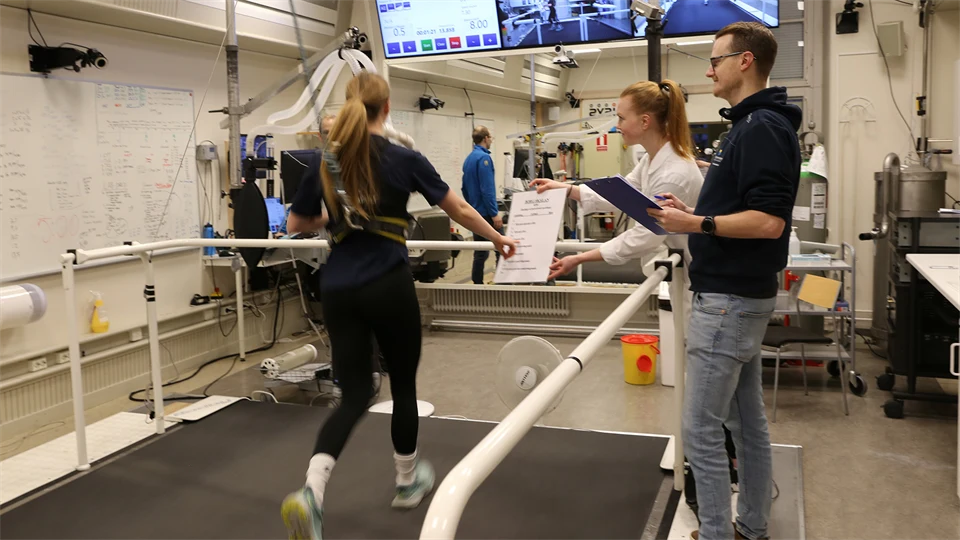Examining Heart Rate, Oxygen Uptake, and Immune Response in Constant Intensity Endurance Exercise
Our project explores the dynamic interplay between heart rate, oxygen uptake and performance during endurance exercise. We aim to discover how different intensities affect the immune system, metabolism and performance.
The purpose of this project is to understand the relationships between heart rate (HR), oxygen uptake (V̇O2), and power output (PO) during prolonged endurance training and how they mutually influence each other. Additionally, the project aims to investigate how different training intensities affect the immune system, metabolism, and stress markers in athletes.
This research is highly relevant to the sports world, as it can optimize training programs, enhance performance, and reduce the risks of overtraining and immunosuppression. It also has societal relevance by promoting the well-being and health of athletes.
Specific goals and purposes of this project
-
To establish the relationship between heart rate, oxygen uptake, and external power output (or speed) during prolonged constant workload in endurance sports.
-
To quantify the change in heart rate required to maintain a constant external power output (or speed).
-
To quantify the change in external power output (or speed) required to maintain a specific heart rate.
-
To compare the oxygen uptake response at constant workload in different endurance sports.
-
To investigate if, and possibly how, immune markers and stress biomarkers differ between low-intensity and moderate-intensity endurance training.
Facts
Project period
240101-250331
Research centers
Departments
Subjects
Research groups
Municipal cooperation
Project leader
Project members





